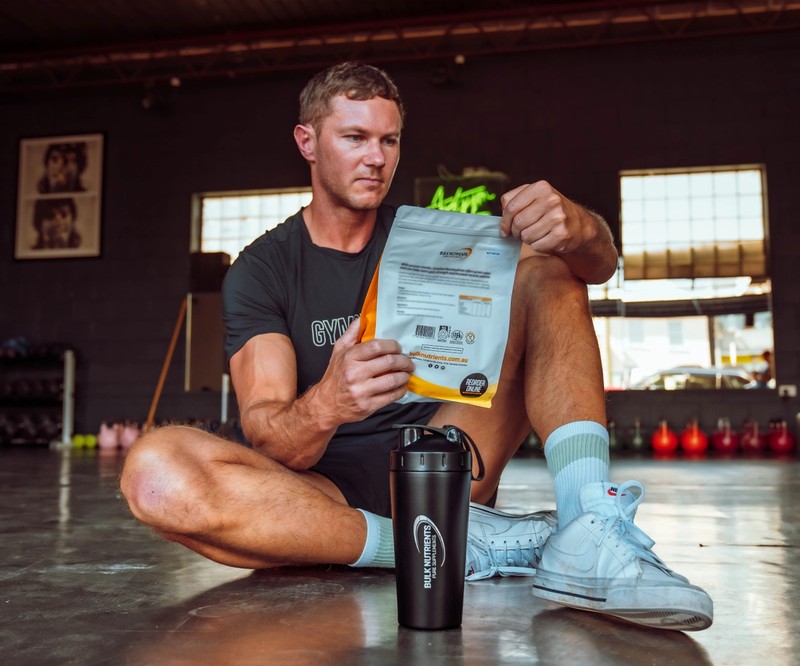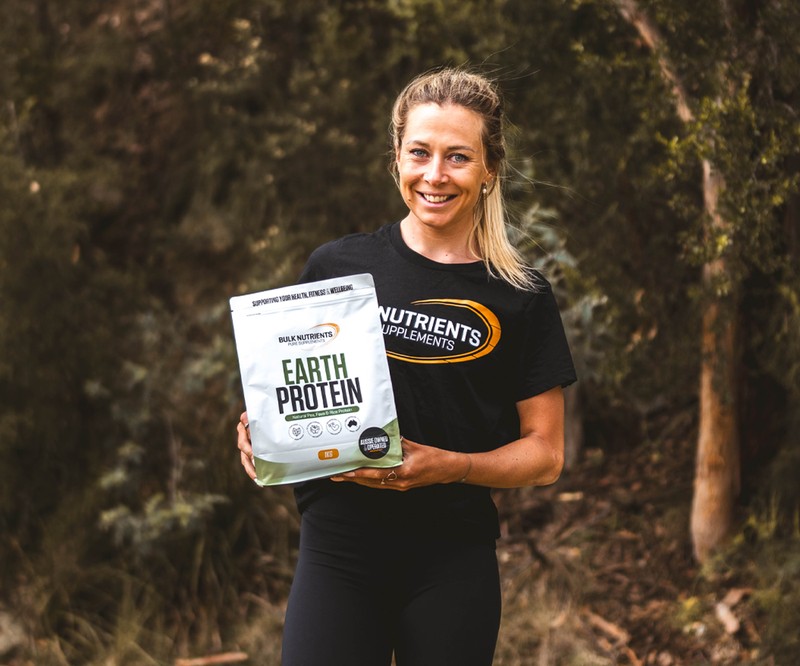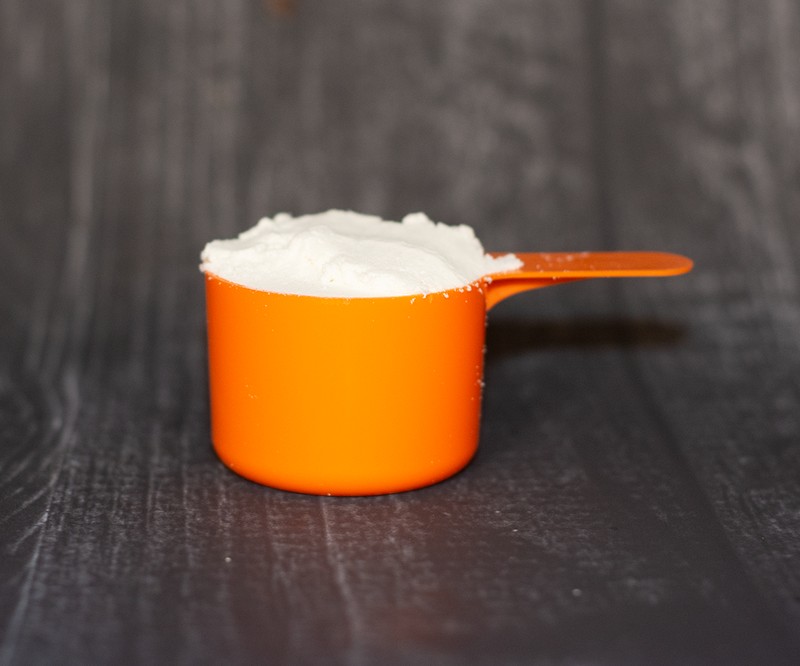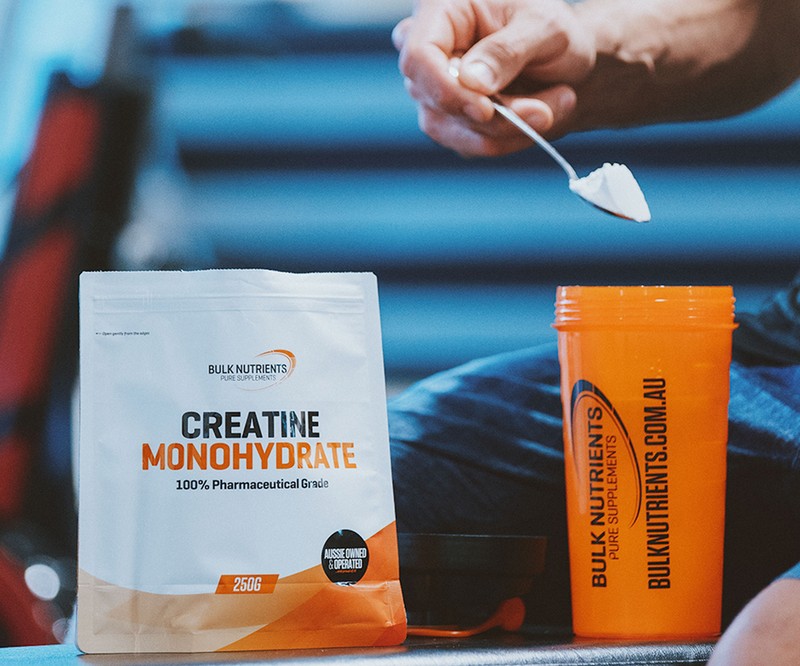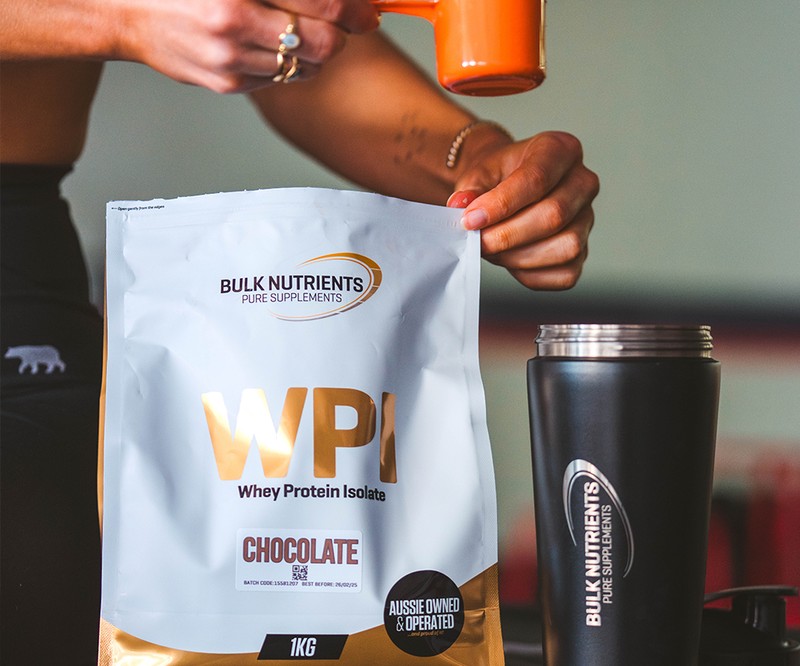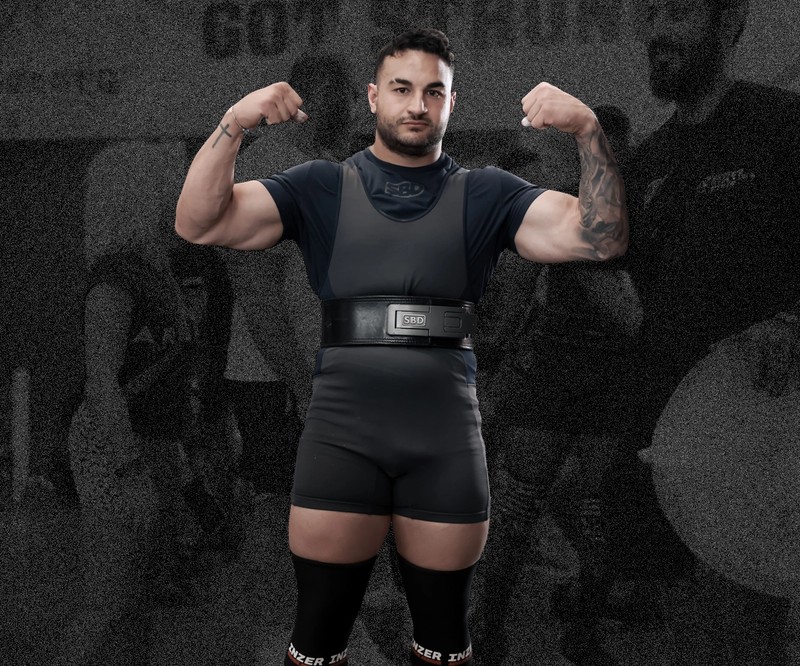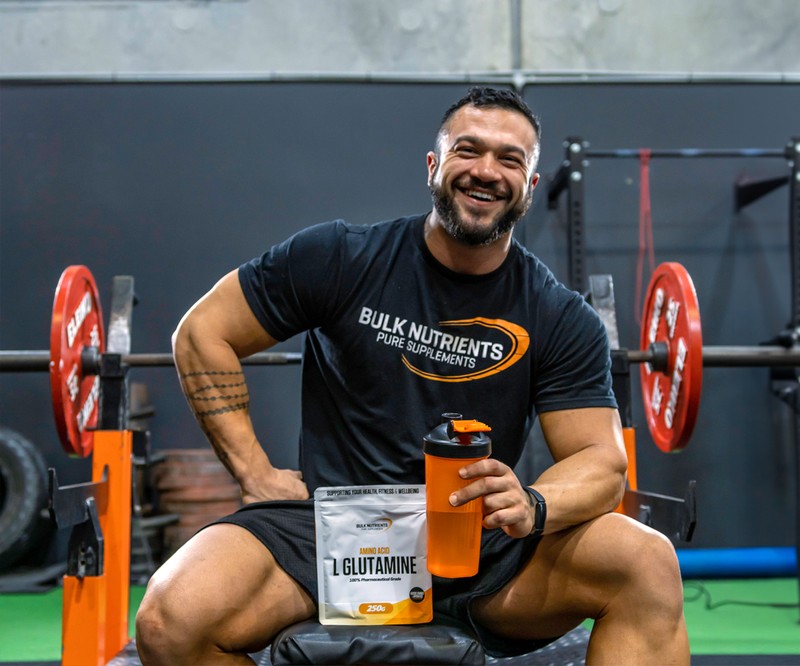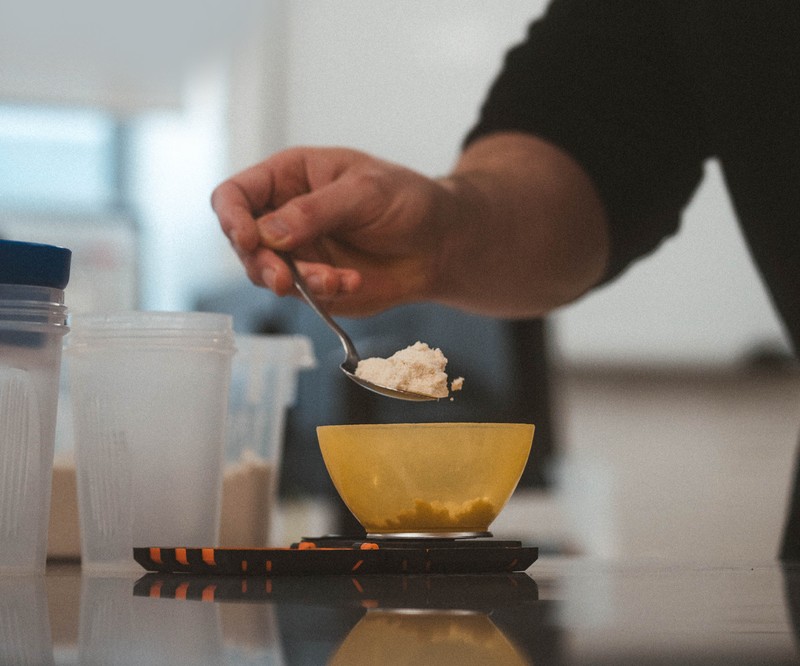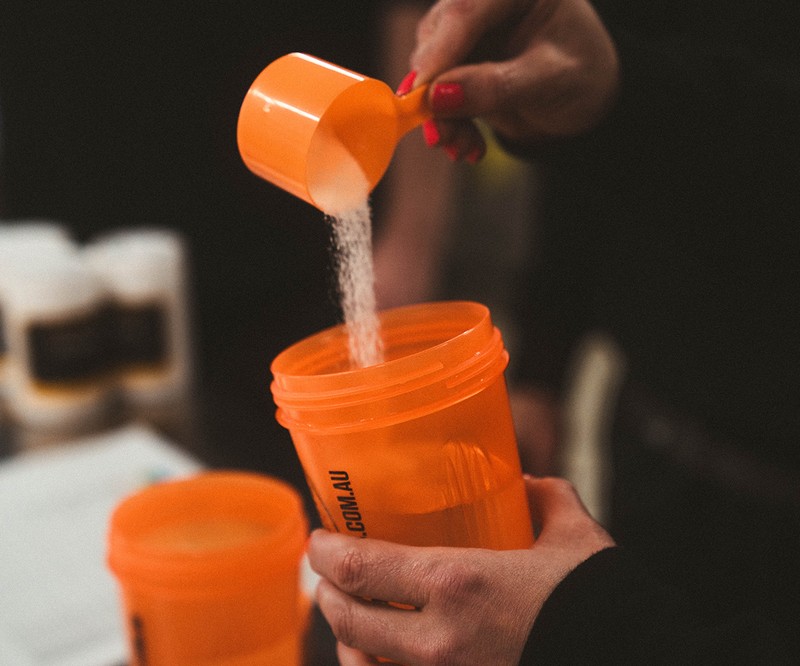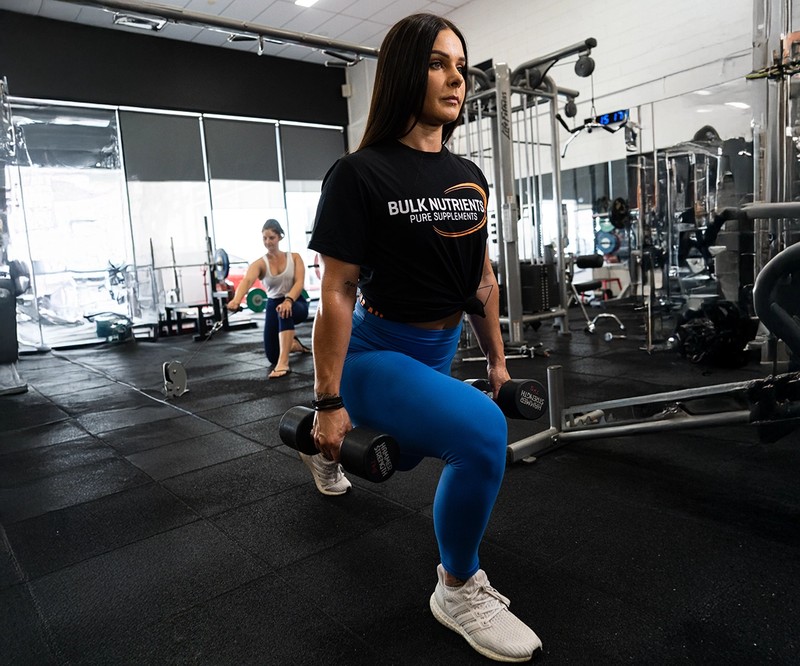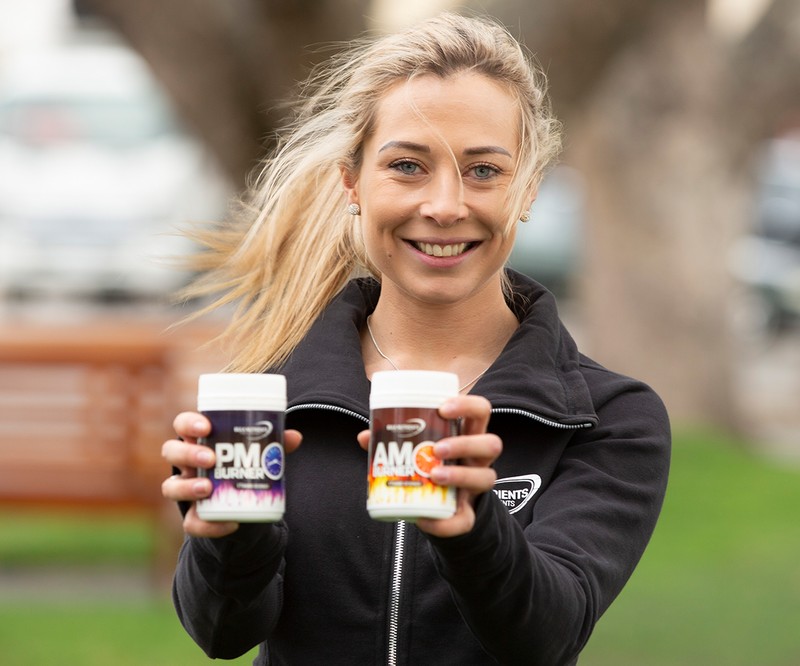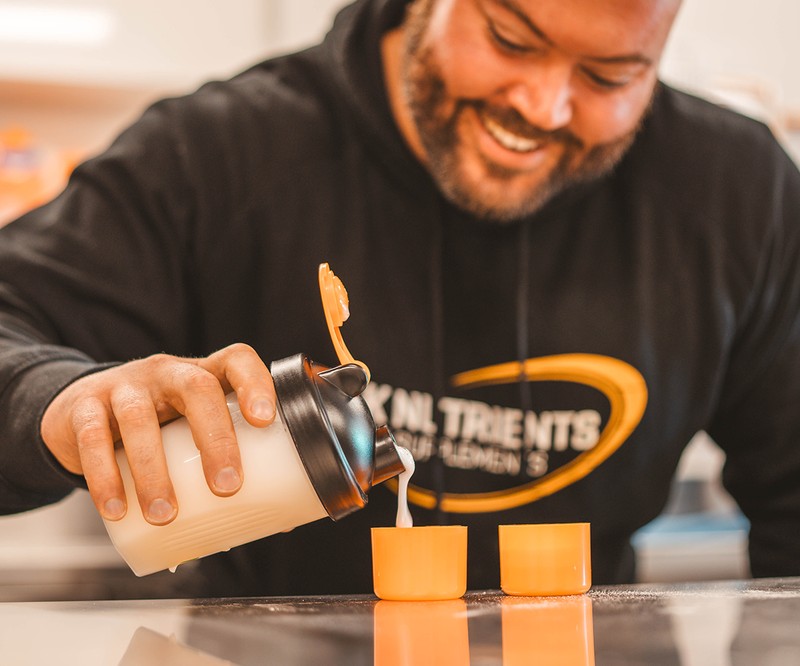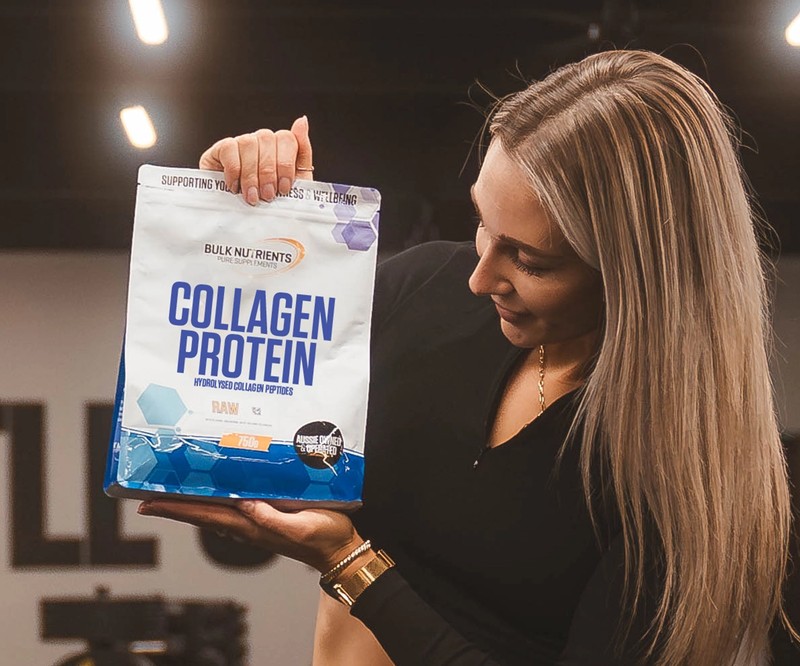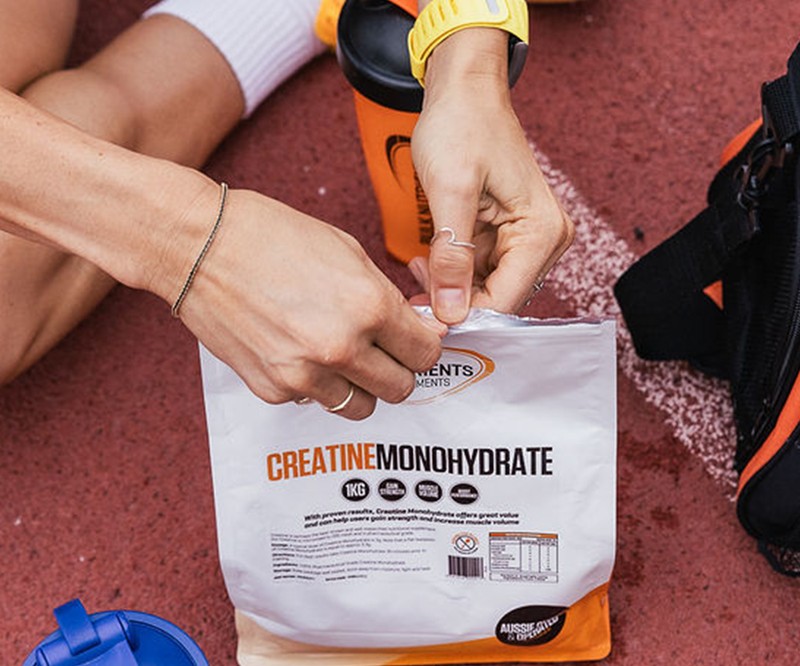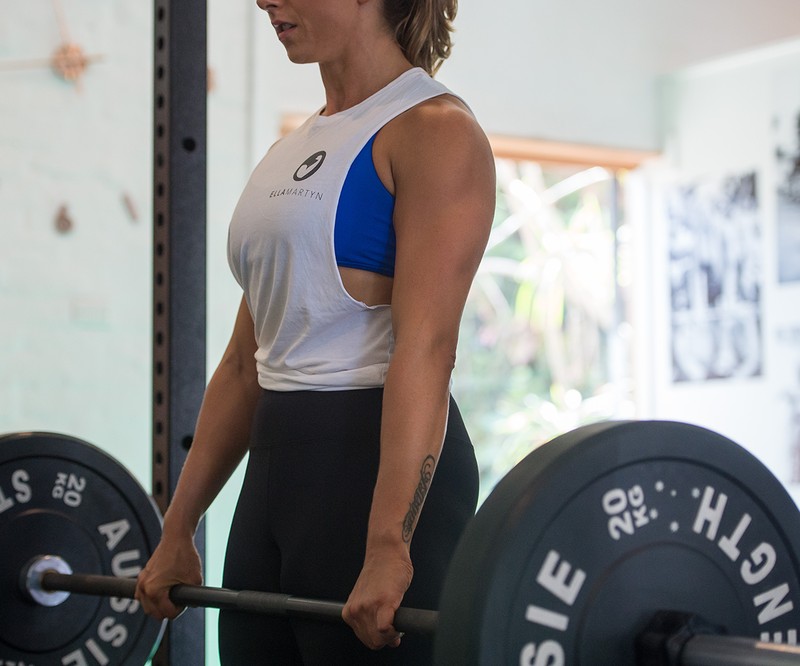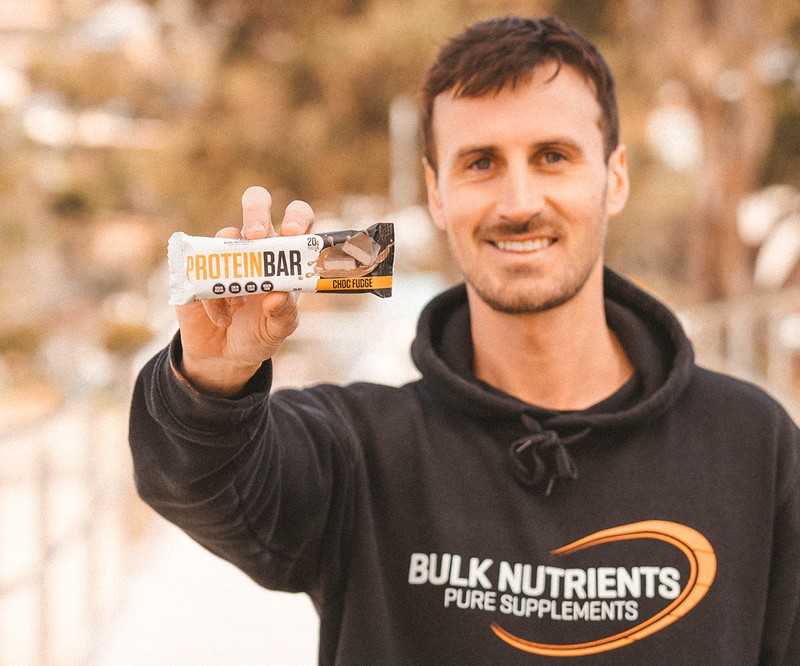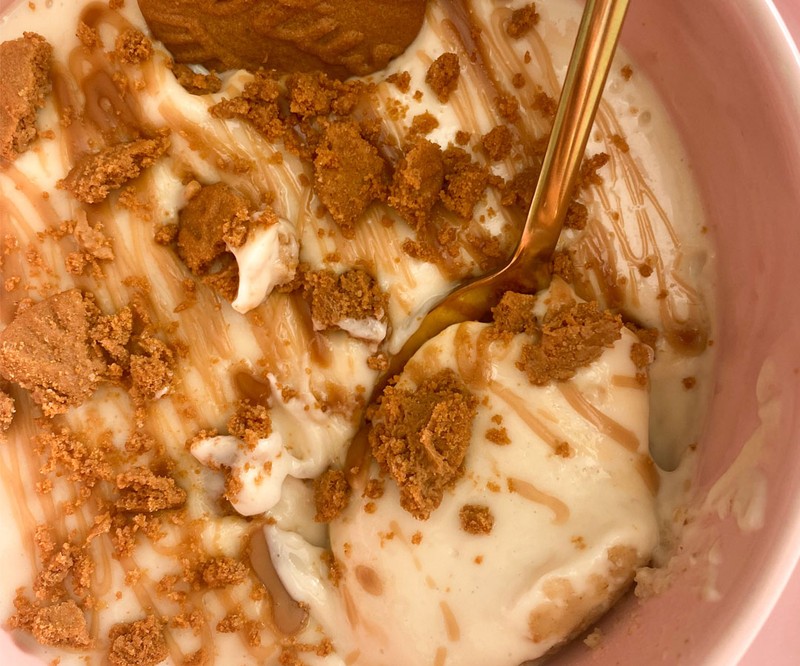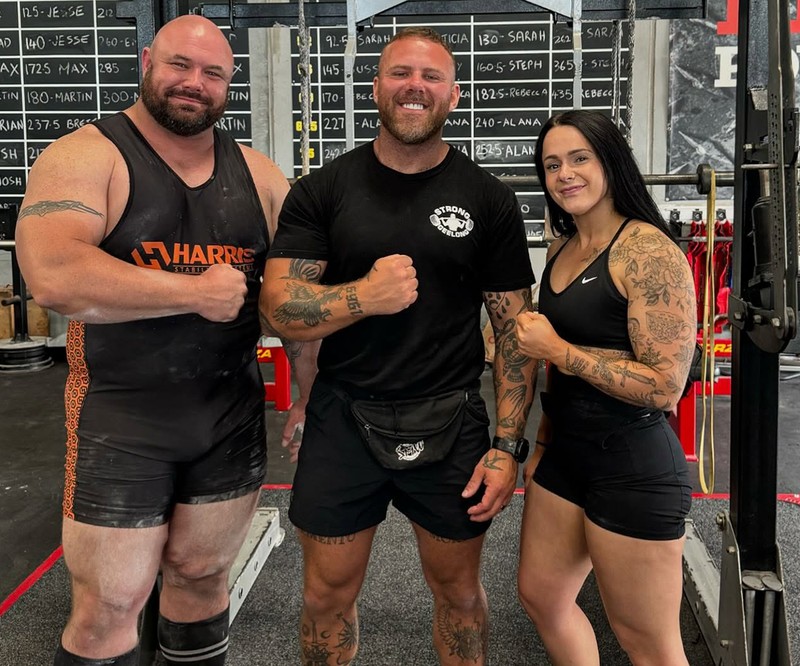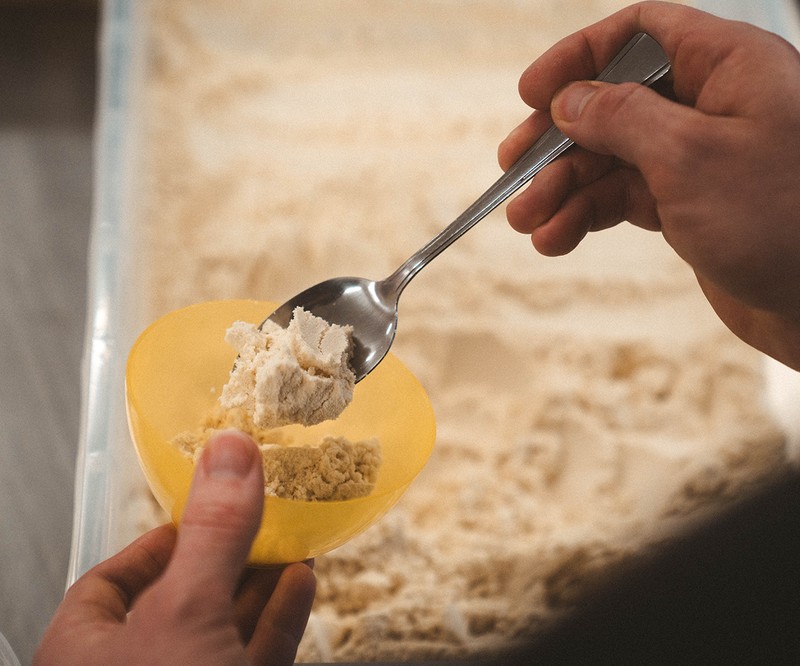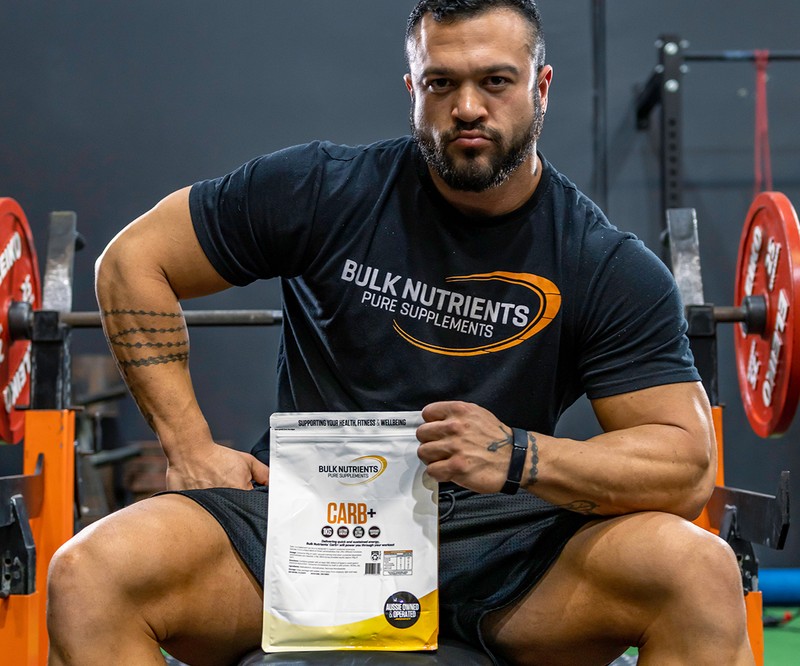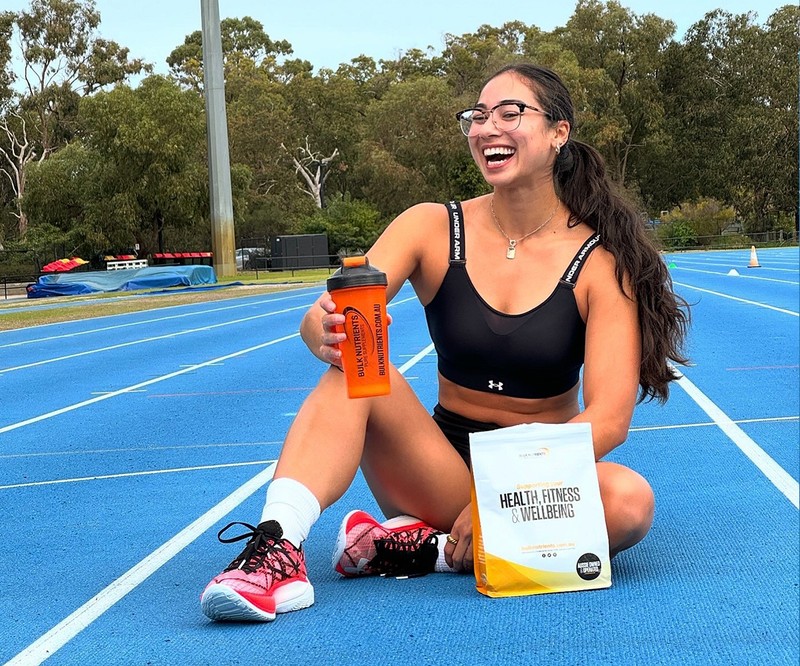Hypertrophy Training: A Review
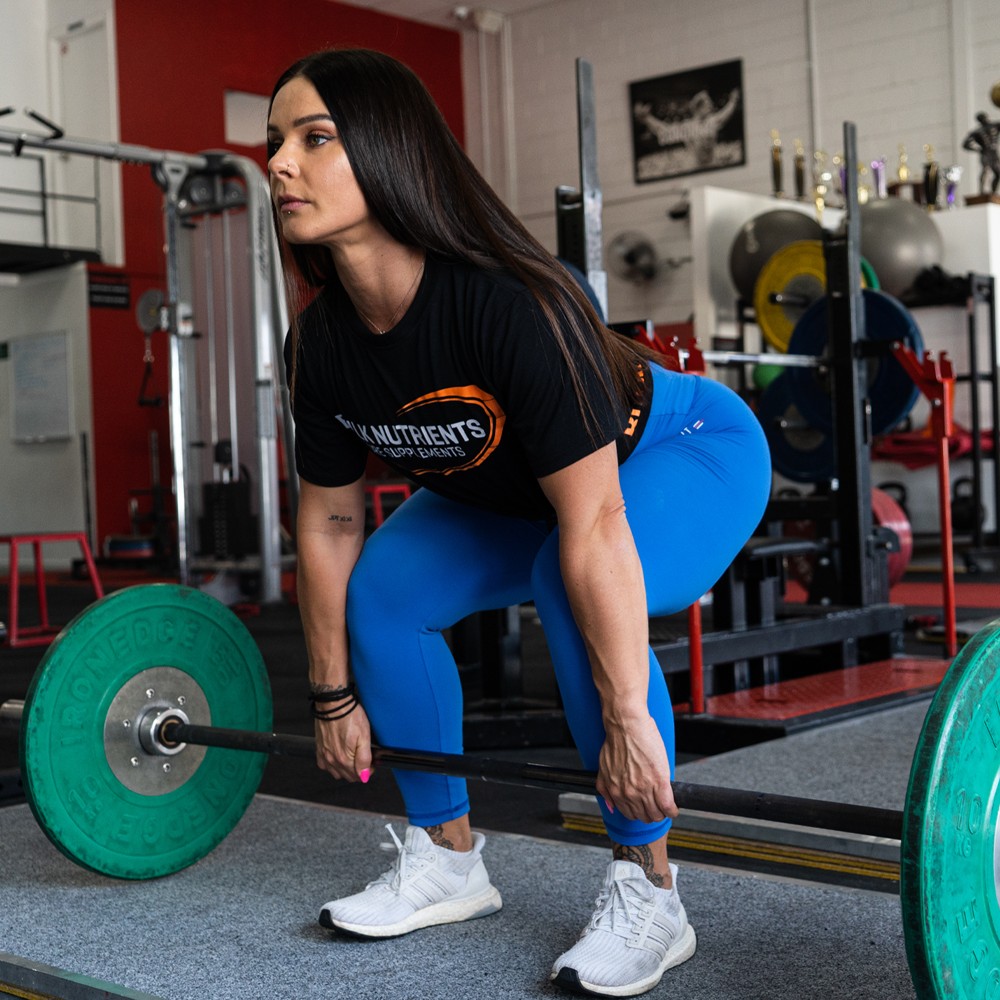
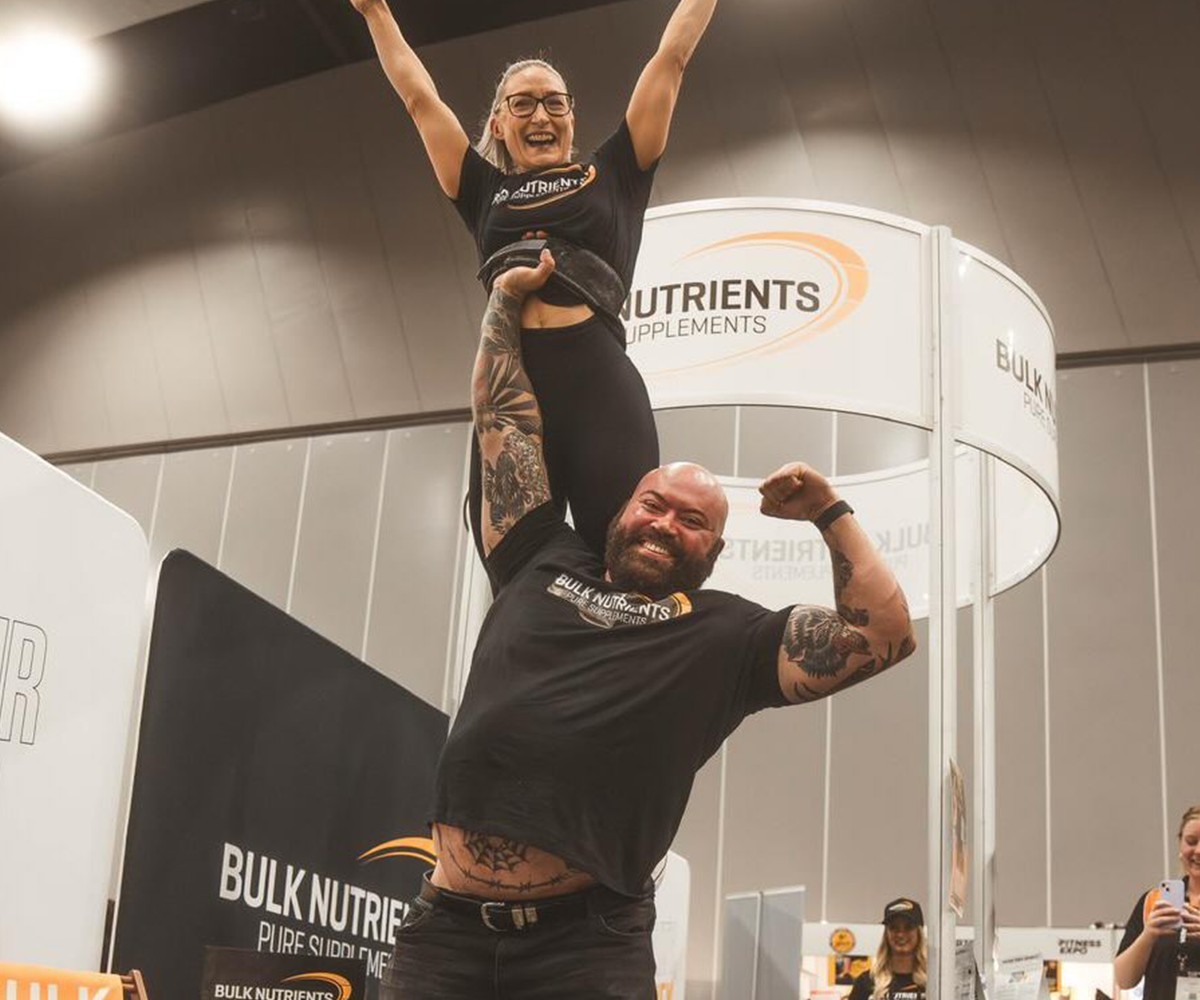
In my experience, most people usually start looking into training methods either after the “noob gains” progress plateaus, or their goals change, and they want to take the gym to the next level. No matter what the case, hypertrophy is the word that very quickly works its way into your search history, and with it comes a myriad of information that can at times seem contradictive. You know you want to build muscle, and you know that hypertrophy training promises aesthetics, but you have so many questions:
How often should you train?
How often do I train each muscle group?
How heavy do I lift?
What’s the rep range, and how many sets?
What’s time under tension (TUT) and how slow do I need to lift?
Will a zinger box fit my macros?
Rest assured, this article has been designed to provide a mini-review of the current scientific knowledge on effective hypertrophy training. It won’t help you with your macros though.

What’s the difference between strength and hypertrophy training?
Great question. The generalised answer is that strength training is typically designed to increase your strength (the amount of weight you move), whilst hypertrophy is concerned primarily with muscle growth and aesthetics. In theory, you could look like a bodybuilder, but not be strong enough to move heavy weights (or open bottle lids).
Practically though, this isn’t the case. Strength and hypertrophy are closely associated. In fact, most studies measure both variables when they consider the effects of a training protocol on hypertrophy. I like to think of it more like a strength-hypertrophy continuum, where you can focus your training methods to favour one part of the continuum more, but you’re always progressing both of them at least to some extent.
Strength training is typically working with moderate to heavy weights at between 3-8 repetitions, while hypertrophy has always been placed in the 8-12 repetition range at moderate weights.

So, it’s all about repetitions?
Not quite. A recent review found that when comparing low load (>60% 1RM) and high load (<60% 1RM) training protocols where all sets were taken to momentary muscular failure over a minimum training period of 6 weeks, there was no significant difference in hypertrophy between groups. The 1RM strength gains were significantly greater in the high load groups. The findings teach us two things.
You can achieve a high level of muscular hypertrophy without using heavyweights.
Strength-based training protocols can increase hypertrophy to the same extent, whilst having the benefit of increasing strength.
So, what does this tell us about how we should target hypertrophy in our training protocol? Don’t tell me that I have to perform every set to failure in order to grow? Thankfully not. A recent study, albeit small (10 participants), concluded that performing repetitions to muscular failure was not the measure of hypertrophy, rather the total number of repetitions was. So, while half the participants performed repetitions until muscular failure, the other half performed the same number of repetitions over a greater number of sets so they never reached muscular failure. The results indicated that both protocols were similarly effective for hypertrophy and strength gains. These findings teach us that:
When training volume is matched, repetitions to failure don’t provide any greater hypertrophy.

Let’s talk about sets
Drop sets, pyramid sets, supersets, giant sets, cluster sets… You’re ready to do them all. They are often quickly touted when speaking of hypertrophy, and you may be starting to see why. Let us first take a look at the odd one out, cluster sets.
Cluster sets are like mini-sets within a set (bear with me here). For example, you’re looking to push out 12 reps, but judging by the extra 10kg plates your ego slapped on you’re pretty sure muscle failure will get you by rep 10. So instead of doing 12 reps in a row, you do 4 reps, collect yourself, do another 4 and collect yourself once more before you push the final 4 out. The main idea here is to increase your work output so that you can avoid muscle failure.
However, a recent review concluded that “both cluster and traditional set configurations demonstrate equal effectiveness to positively induce muscular and neuromuscular adaptations”. The results echo the same conclusions we came to with repetitions to failure:
When training volume is matched, cluster sets don’t provide any greater hypertrophy.
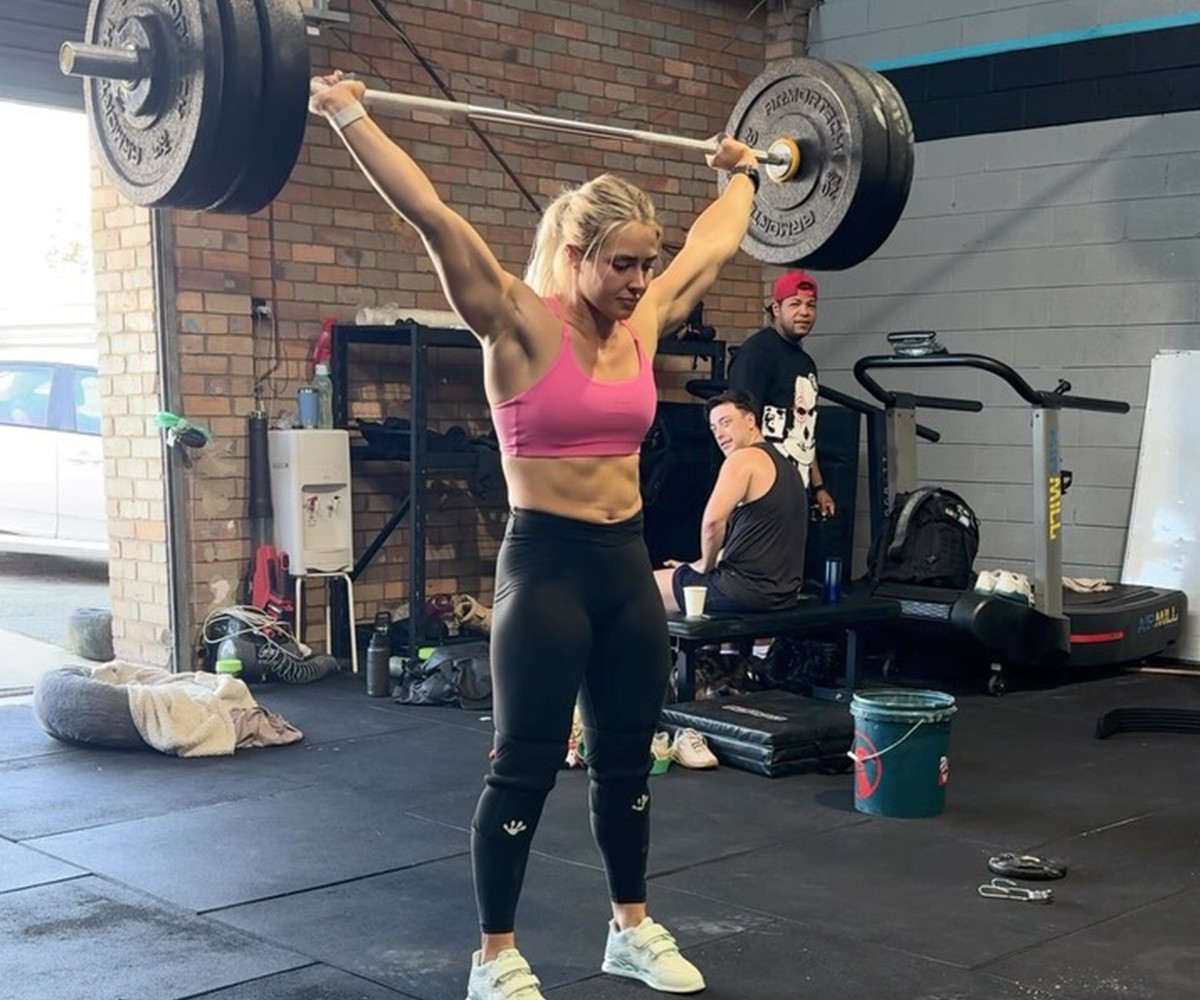
The well-known advanced training techniques (drop sets, pyramid sets, supersets, and giant sets) have been staples in hypertrophy-oriented programs since well before I started lifting. The basic principle behind each is similar, to bombard the selected muscle(s) with significant volume. A brief description of each is below.
Drop set – start an exercise at the desired weight, then when at or near muscular failure, remove (drop) a portion of the weight and continue the exercise. An example would be starting a dumbbell curl with a 10kg dumbbell, then when you reach muscle failure switch to an 8kg dumbbell and continue until failure again. The lower weight allows you to perform a few more reps. A drop set can involve multiple weight drops before it is finished if you enjoy punishment.
Pyramid set – typically a pyramid set will start with a lower weight and higher reps. With each progressive set, the weight will increase, and the repetitions decrease. Once you have reached your maximum weight, you decrease the weight and increase the repetitions for any subsequent steps. A pyramid set may start with 8 repetitions of 100kg, work up to performing 1 repetition of 180kg, then work back down to 8 repetitions of 100kg.
Supersets – Supersets are simply moving from one exercise to another without taking a break. The exercises that you move between can be the same muscle group or completely different, depending on goals. It is not uncommon to target agonist/antagonist pairs (bicep/triceps) or two use two different movements for the same muscle group (bench press/flyes) to vary the stimulus.
Giant sets – A giant set is the “big brother” of the superset and requires picking 4 or more exercises that vary the stimulus for the same muscle and performing them without rest. Absolute killers.
All of these advanced training techniques share the same common goal, to increase the volume of the exercise. Interestingly, a systematic review including the advanced training techniques listed above concluded:
“Due to insufficient evidence, it is difficult to provide specific guidelines for volume, the intensity of effort, and frequency of previously mentioned resistance training techniques and methods”
By now you’re probably thinking that if repetition schemes, number of sets, weight moved (as % 1RM), training to muscle failure, and advanced training techniques aren’t key factors in my hypertrophy program, then what is?
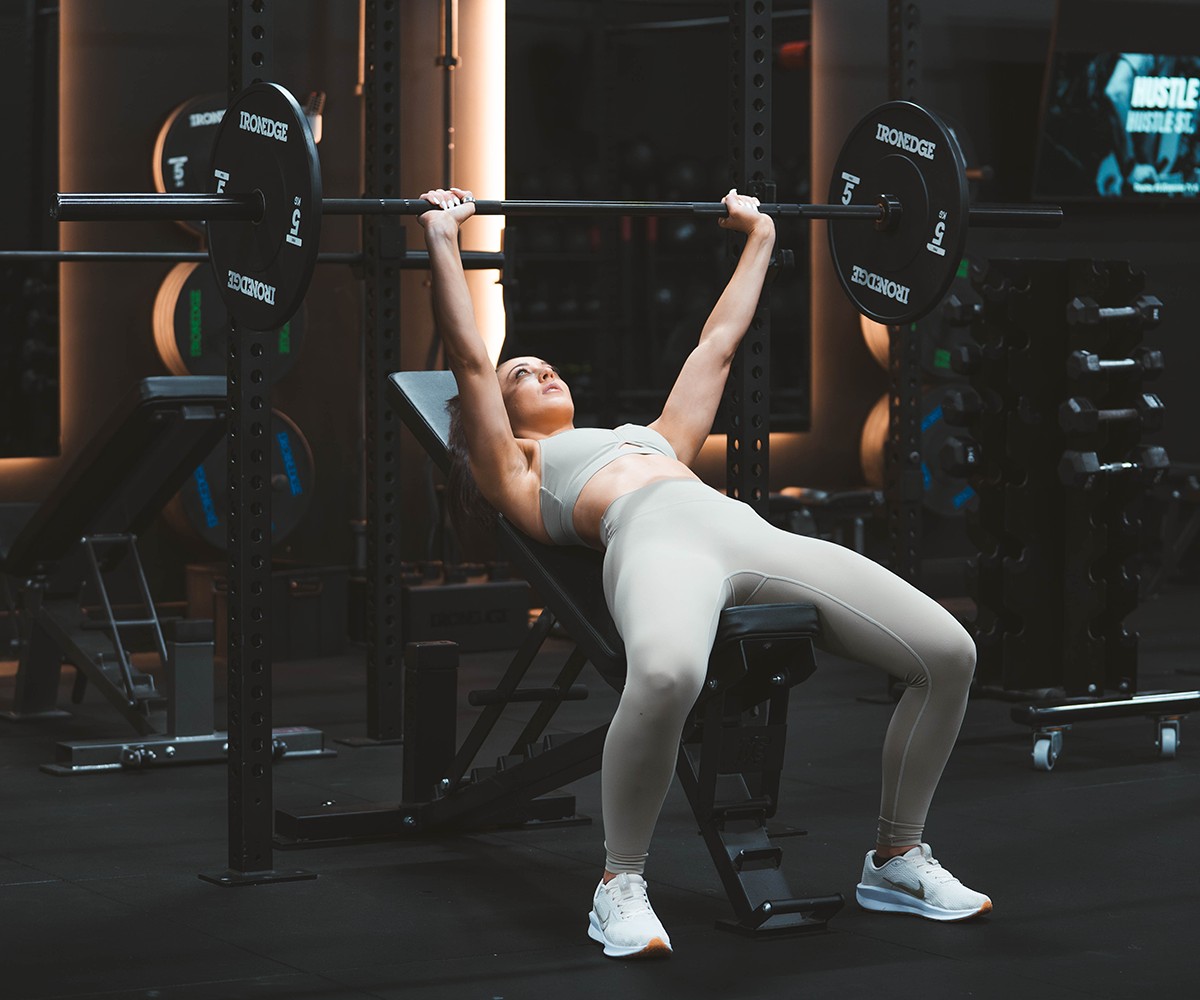
Turn up the volume!
The key to hypertrophy is volume. Regardless of your set and rep scheme, if you use advanced training techniques, train every set to muscle failure, or lift 50% of your 1RM, the key component is the volume of the exercise. Volume is so critical, that the following statements have been made in two separate systematic reviews and meta-analyses of the effect of training frequency on muscle hypertrophy, the respective authors reporting:
“In conclusion, there is strong evidence that resistance training frequency does not significantly or meaningfully impact muscle hypertrophy when the volume is equated. Thus, for a given training volume, individuals can choose a weekly frequency per muscle group based on personal preference”
“However, the majority of the available evidence supports a clear dose-response relationship between resistance training volume and physiological responses, such as muscle hypertrophy and health outcomes”
Given the recent findings, the current evidence-based guidelines for resistance training volume to maximise muscle hypertrophy suggests 10 sets per muscle group per week, with the volume, manipulated based on personal response. They also recommend periodisation to ensure recovery, and progressively increasing volume from 10 to 20 sets per muscle group per week over a period of several months.
While the information provided by the guideline above seems vague, the information provided in this article quickly “fills in the blanks”. A very basic training protocol should look something like the following:
- 10 sets per muscle group per week
- Moderate load (>60% 1RM)
- Repetitions until near muscle failure
- Training frequency 1 x week per muscle group
Personally, I still prefer that muscle groups are hit 2 x week and to work at a moderate to high load so that I can include strength training into the hypertrophy protocol. Given the evidence above, we know that strength training on a volume for volume basis elicited the same hypertrophic response, so why not have both!
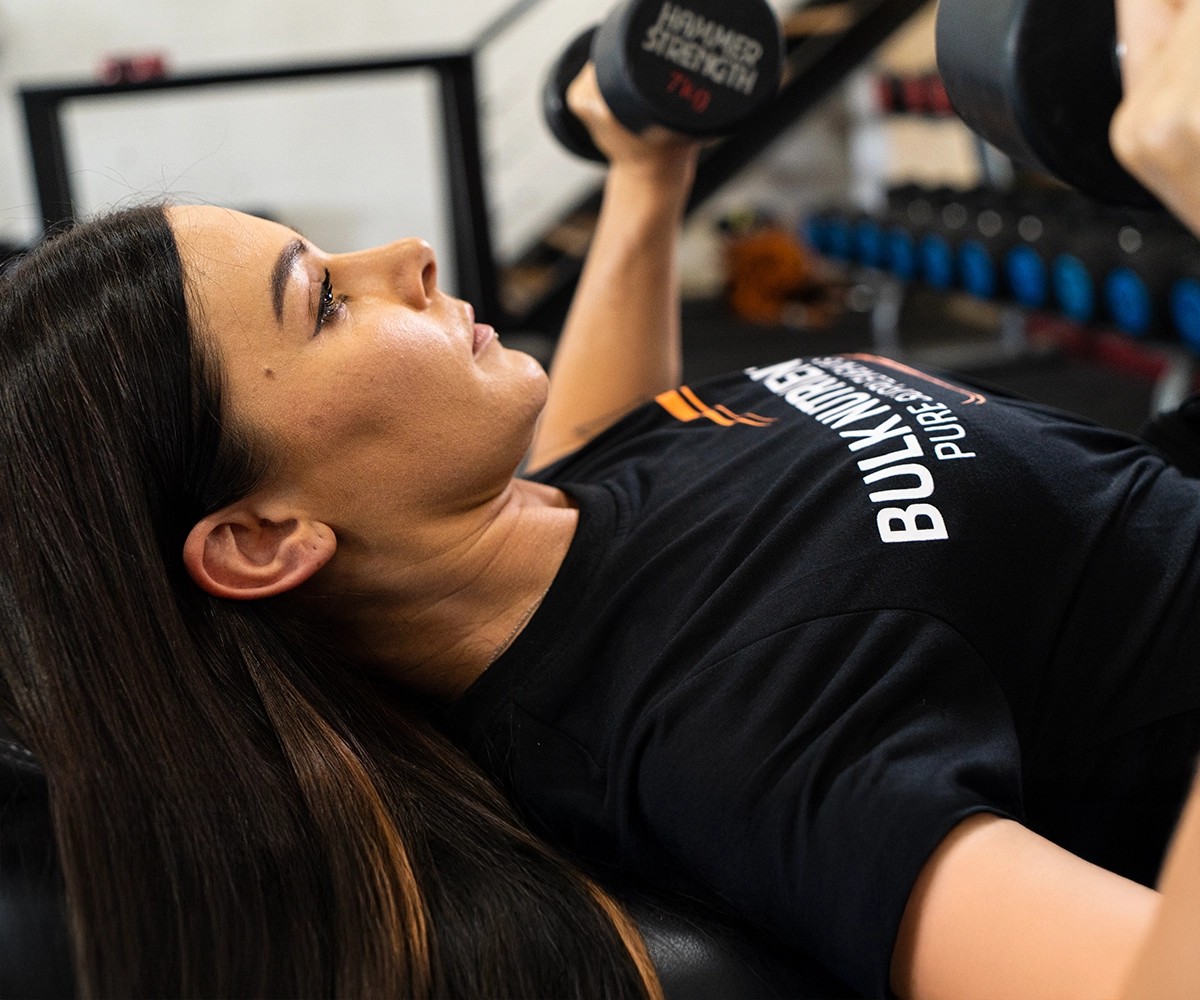
But what about Time-Under-Tension (TUT)?
Currently, there’s doesn’t appear to be any significant benefit to the velocity of contraction with respect to muscular hypertrophy. However, for all intents and purposes, increasing training volume increases the time under tension. So, in the immediate term, it’s probably not worth destroying yourself with slow repetitions!

Ben Crowley, founder of Australia's top sports supplement brand, Bulk Nutrients, combines two decades of industry experience with a commitment to employee work-life balance and career growth.
A firm believer in quality, Ben founded Bulk Nutrients to provide affordable, high-quality products, even amid global challenges.
Apart from business, he enjoys family time, outdoor activities, and adrenaline-charged car projects.
More about Ben CrowleyReferences:
- Schoenfeld, B. J., Grgic, J., Ogborn, D. and Kreiger, J. W. (2017) Strength and Hypertrophy Adaptations Between Low- Vs. High-Load Resistance Training: A Systematic Review and Meta-Analysis. Journal of Strength and Conditioning Research, 31(12), 3508-3523.
- Lacerda, L. T., Marra-Lopes, R. O., Diniz, R. C. R., Lima, F. V., Rodrigues, S. A., Martins-Costa, H. C., Bemben, M. G. and Chagas, M. H. (2020) Is Performing Repetitions to Failure Less Important Than Volume for Muscle Hypertrophy and Strength. Journal of Strength and Conditioning Research, 34(5), 1237-1248.
- Davies, T. B., Tran, D. L., Hogan, C. M., Haff, G. G. and Latella, C. (2021) Chronic Effects of Altering Resistance Training Set Configurations Using Cluster Sets: A Systematic Review and Meta Analysis. Sports Medicine, 51, 707-736.
- Kryzysztofik, M., Wilk, M., Wojdala, G. and Goals, A. (2019) Maximizing Muscle Hypertrophy: A Systematic Review of Advanced Resistance Training Techniques and Methods. International Journal of Environmental Research and Public Health, 16(24), 4897.
- Schoenfeld, B. J., Grgic, J., Ogborn, D. and Kreiger, J. W. (2018) How many times per week should a muscle be trained to maximize muscle hypertrophy? A systematic review and meta-analysis of studies examining the effects of resistance training frequency. Journal of Sports Sciences, 37(11), 1286-1295.
- Figueiredo, C. V., de Salles, B. F. and Trajano, G. S. (2018) Volume for Muscle Hypertrophy and Health Outcomes: The Most Effective Variable in Resistance Training. Sports Medicine, 48, 499–505.
- Schoenfeld, B. J. and Grgic, J. (2018) Evidence-based guidelines for resistance training volume to maximize muscle hypertrophy. Strength and Conditioning Journal, Publish Ahead of Print. DOI: 10.1519/SSC.0000000000000363.





